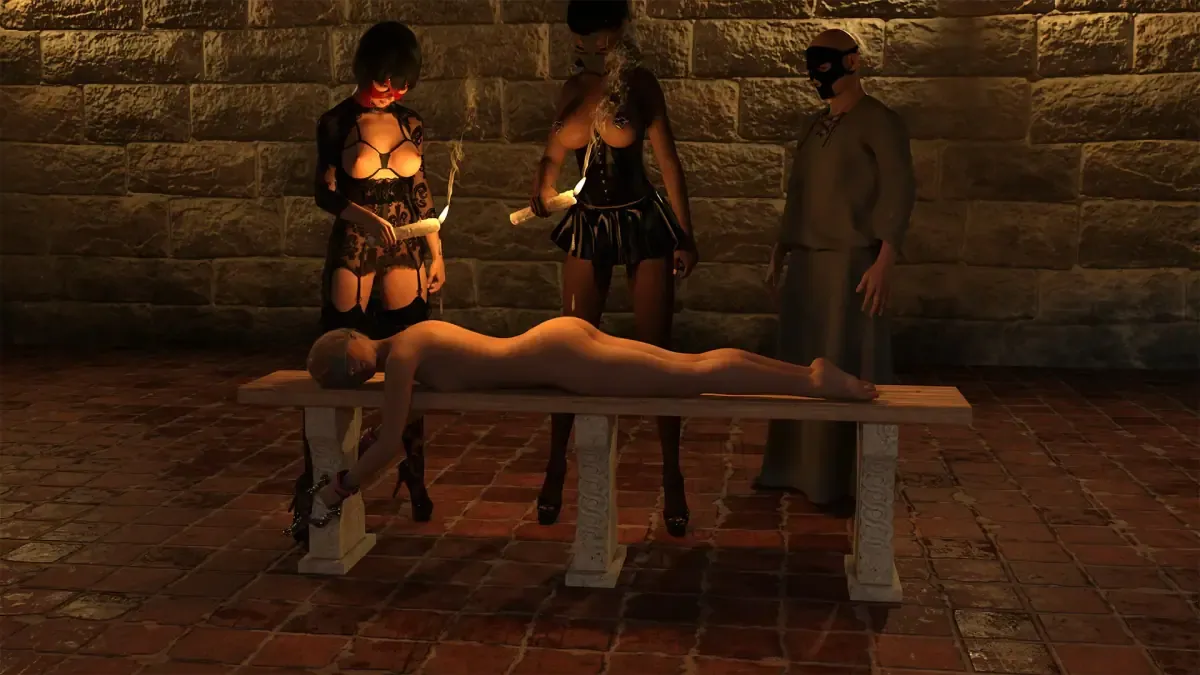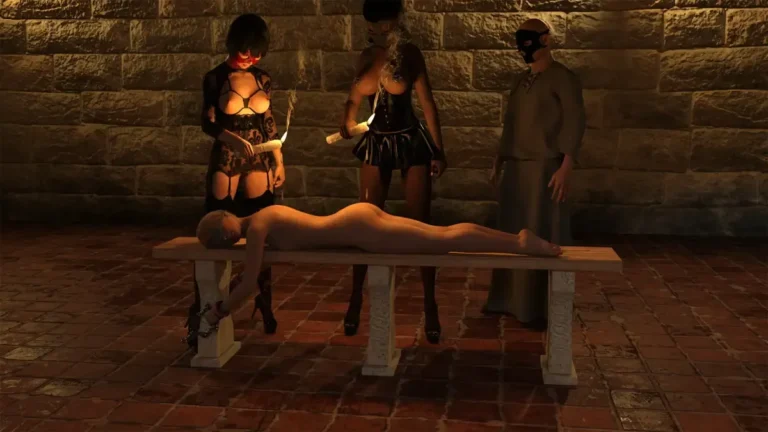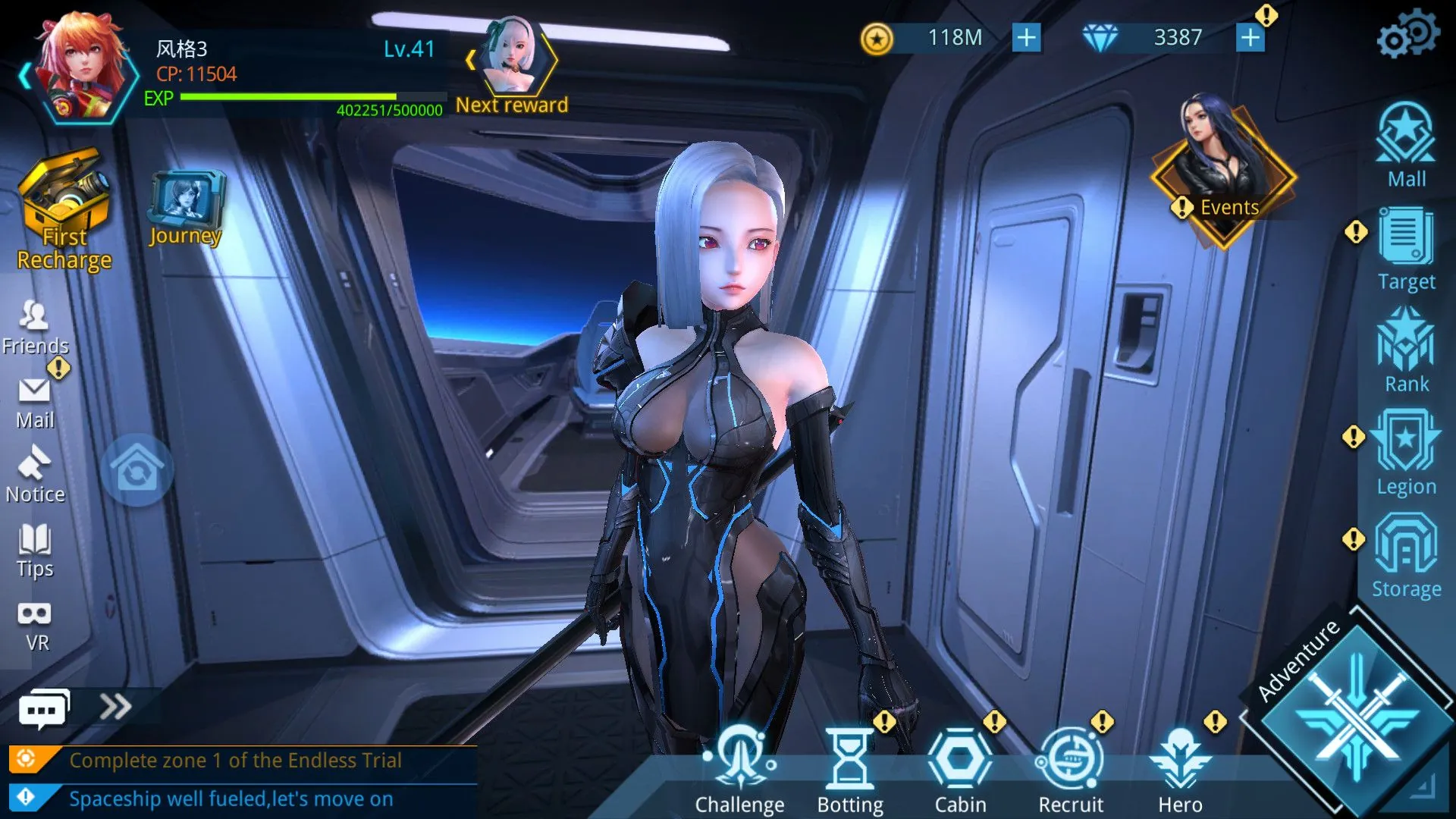
The Higher Society
Play The Higher Society
The Higher Society review
Everything you need to know about this fan-service title from D3 Publisher
The Higher Society has generated considerable discussion within gaming communities, particularly around its content and design philosophy. Developed by D3 Publisher, this fan-service title represents an interesting case study in how games navigate cultural expectations across different markets. Whether you’re curious about the game’s mechanics, its approach to content, or simply want to understand what makes it noteworthy, this guide covers everything you need to know about this unique gaming experience and the conversations surrounding it.
Understanding The Higher Society: Game Overview and Development
What is The Higher Society and Who Developed It?
Let’s be honest, sometimes you just want to play a game that’s pure, unadulterated fun, right? 🤔 You’re not always in the mood for a 100-hour epic that demands your soul; sometimes you want something light, charming, and a little bit cheeky. If that resonates with you, then you’ve probably heard whispers about The Higher Society game. But what is it, really?
At its heart, The Higher Society is a visual novel-style experience from the celebrated indie game developer, D3 Publisher. 🎮 Think of it less as a traditional “game” in the action-packed sense and more as an interactive story. You’re stepping into a world of glamour, social maneuvering, and, yes, a generous helping of fan-service. It’s the kind of title D3 Publisher has become known for: niche, focused, and utterly dedicated to its audience.
I remember first booting it up, expecting one thing and being pleasantly surprised by another. The initial moments aren’t about complex mechanics; they’re about character and atmosphere. This is a hallmark of D3 Publisher games—they often prioritize a specific vibe and player fantasy over bloated feature lists. They are masters of their craft, proving that a smaller team with a clear vision can create experiences that massive studios often overlook. 🏆
So, who is D3 Publisher? They’re not a faceless corporate giant. They’re a smaller, agile developer that has carved out a comfortable and successful niche for themselves. Their game development philosophy isn’t about chasing the latest graphical trend or creating a billion-dollar franchise. It’s about understanding a specific segment of players and delivering exactly what they want. This focus is their superpower, allowing them to create beloved titles like The Higher Society game with a level of care and attention that feels personal.
The Game’s Design Philosophy and Fan-Service Approach
Now, let’s talk about the elephant in the room: the fan-service. 👗 When many people hear “fan-service,” their minds might jump to certain conclusions, but that’s a misunderstanding of the genre’s intent. The fan-service game design in The Higher Society is not the core product; it’s the seasoning that enhances the meal.
The primary goal here is wish-fulfillment and character engagement. The development team’s game development philosophy was clearly centered on creating appealing, charismatic characters and placing the player in desirable social scenarios. The fan-service elements—whether it’s in the character designs, dialogue, or situational comedy—are tools to strengthen your connection to the world and its inhabitants. It’s about making you feel like you’re part of an exclusive, glamorous club. ✨
I recall playing a scene where the tension wasn’t about a life-or-death struggle, but about choosing the right thing to say at a lavish party to impress a key character. The “service” was in the fantasy of being smooth, successful, and socially adept. This is a deliberate design choice, a core part of the fan-service game design framework. It’s crafted to be enjoyable and engaging, not exploitative.
Pro Tip: When approaching a game like this, try to view the fan-service as part of the overall aesthetic and tone, rather than the sole purpose. You’ll appreciate the writing and character development much more!
This approach also directly addresses the often-confused line between design choices and censorship. Some players see different outfits or slightly altered scenes in various regional game versions and cry “censorship!” But from inside the game publishing process, it’s rarely that simple. 🧐
More often, it’s about intentional design. The developers at this indie game developer make calculated decisions based on their target audience, cultural norms, and the specific platforms they’re releasing on. A change for one region isn’t necessarily “removing” content; it’s about tailoring the experience to fit that market’s expectations and regulations, a standard and sensible practice in global media. This careful calibration is a key part of the game publishing process that ensures the game can reach the widest appropriate audience without compromising its core identity.
How D3 Publisher Approaches Game Development and Publishing
The journey of a game like The Higher Society from a spark in a developer’s eye to a product on your screen is a fascinating one, especially when navigated by a smaller studio. The game publishing process for an indie game developer like D3 Publisher is a masterclass in focus and efficiency. 🗺️
Unlike large studios that can throw hundreds of people and millions of dollars at a project, D3’s approach to D3 Publisher games is lean and mean. Their game development philosophy is built on a foundation of identifying a market gap—a specific player desire—and filling it with precision. The development of The Higher Society game wasn’t a rushed job; it was a project that simmered for years, allowing the team to refine the characters, the story beats, and that all-important atmosphere. This multi-year cycle is common for them, ensuring quality and a product that truly resonates with its fans.
A huge part of this process is navigating the complex world of regional game versions and age ratings. This is where the real business of being an indie game developer comes into play. D3 Publisher has to be an expert not just in coding and art, but in international law, cultural sensitivity, and distribution logistics.
Let me break down how this works with a practical example. When I spoke with a friend who works in localization, they explained that creating different regional game versions isn’t about deception; it’s about accessibility. A game might have slight variations in content to achieve a specific age rating in different countries, which directly affects where and how the game can be sold. A lower age rating in one territory might mean the game can be displayed on more store shelves or featured more prominently on a digital storefront. It’s a strategic decision, not an artistic one.
Here’s a comparison of how these regional adaptations typically look across the industry, which applies perfectly to the strategy behind D3 Publisher games:
| Region | Content Considerations | Age Rating | Distribution Method |
|---|---|---|---|
| Japan | Original release, aligns with local CERO guidelines | CERO C or D (15+ or 17+) | Physical & Digital, wide retail |
| North America | Potential minor adjustments for ESRB standards | Mature (M) 17+ | Primarily Digital, limited physical |
| Europe | Localization for language, PEGI compliance | PEGI 16 or 18 | Overwhelmingly Digital |
| Other Regions | May use the version closest to their legal framework | Varies by local board | Almost exclusively Digital |
This table isn’t specific to The Higher Society game, but it illustrates the standard game publishing process. For a studio like D3, nailing this process is critical. They have to decide which markets to enter, what regional game versions to create, and how to market them. This behind-the-scenes work is what allows a niche title to find a global audience. 🌍
Their game development philosophy extends seamlessly into publishing: know your audience. They understand that the players who seek out The Higher Society are looking for a specific experience. Therefore, their marketing and distribution are targeted. You won’t see a massive, expensive ad campaign during a major sporting event. Instead, you’ll find targeted ads on niche gaming sites, community engagement, and word-of-mouth—the lifeblood of any dedicated indie game developer.
In the end, the story of The Higher Society and D3 Publisher is a testament to the power of a clear vision. It shows that a strong game development philosophy, a smart approach to fan-service game design, and a nimble navigation of the game publishing process can create a lasting and beloved title. It may not be for everyone, but for its intended audience, it’s exactly what they wanted. And in today’s crowded game market, that’s a remarkable achievement. ✅
The Higher Society represents more than just a game—it’s a lens through which we can examine how modern game development balances creative vision, market realities, and cultural expectations. D3 Publisher’s approach demonstrates that smaller independent studios must navigate complex publishing landscapes while maintaining their creative integrity. The ongoing discussions surrounding the game highlight important distinctions between intentional design choices and actual censorship, reminding us that game development involves countless decisions made during the creation process. Understanding The Higher Society requires looking beyond surface-level controversy to appreciate the nuanced realities of bringing games to market across different regions and cultures. Whether you’re interested in the game itself or simply curious about how gaming culture engages with fan-service titles, The Higher Society offers valuable insights into contemporary game development and community discourse.














